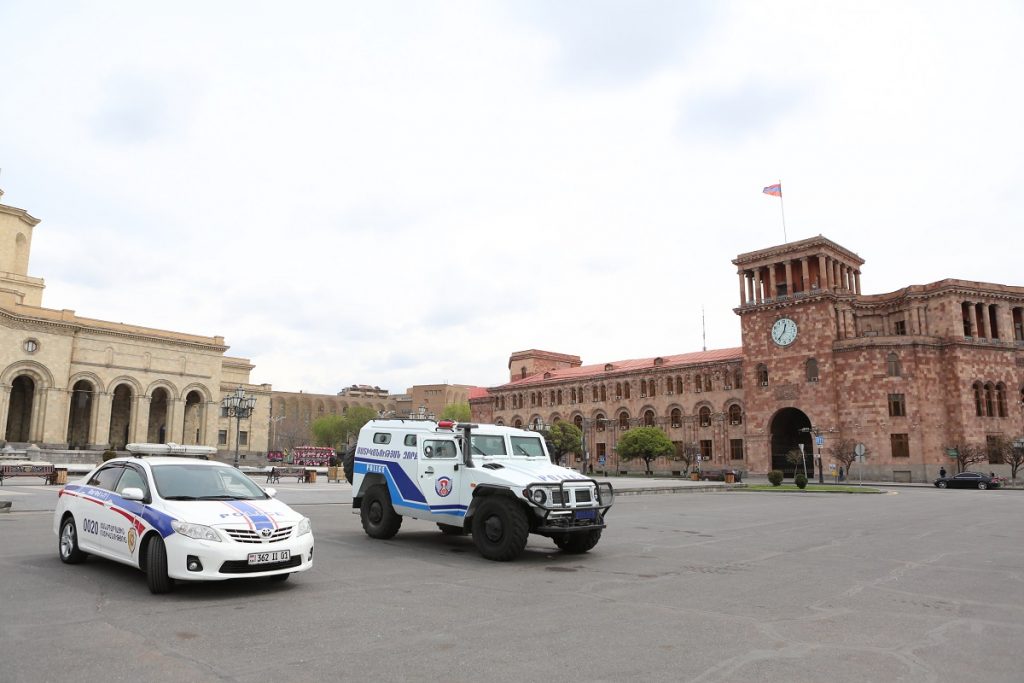Armenia: forecasts for business and the economy amid the state of emergency
Armenia is trying to mitigate the losses caused by stringent restrictions on movement and business. On March 16, the country declared a state of emergency, and the majority of businesses, both large and small, stopped running. Only those in essential and strategic sectors were allowed to continue operating.
On April 14, the state of emergency was extended for another month, but the commandant’s office permitted the processing industry, builders and engineers to go back to work.
At the same time, the government has been hastily developing and adopting stimulus programs to support businesses.
How effective are these steps, how soon can the economy overcome the crisis following the shutdown, and when can we expect to get back to the previous growth level? More information from local experts and international organizations.
What the government is doing
The Armenian authorities reacted strongly to the spread of coronavirus, and on March 16, when there were no more than 50 cases of infection within the country, the government declared a state of emergency. Apparently, this was done after receiving the latest information about the potential circle of infected people.
Since the state of emergency was declared, the number of infected people has increased dramatically. Although the situation as a whole is under control and the healthcare system is still managing to keep up with the added pressure, Armenia has long been the regional leader in terms of number of cases, only recently falling in second behind Azerbaijan.
From the very first day the quarantine restrictions were introduced, the Cabinet of Ministers began to develop measures to mitigate the negative social and economic consequences of the coronavirus.
One of the measures includes providing financial assistance to the most vulnerable members of the population – families who have lost their jobs during this period, parents of children under the age of 18, tourism and service industry workers, pregnant women, etc.
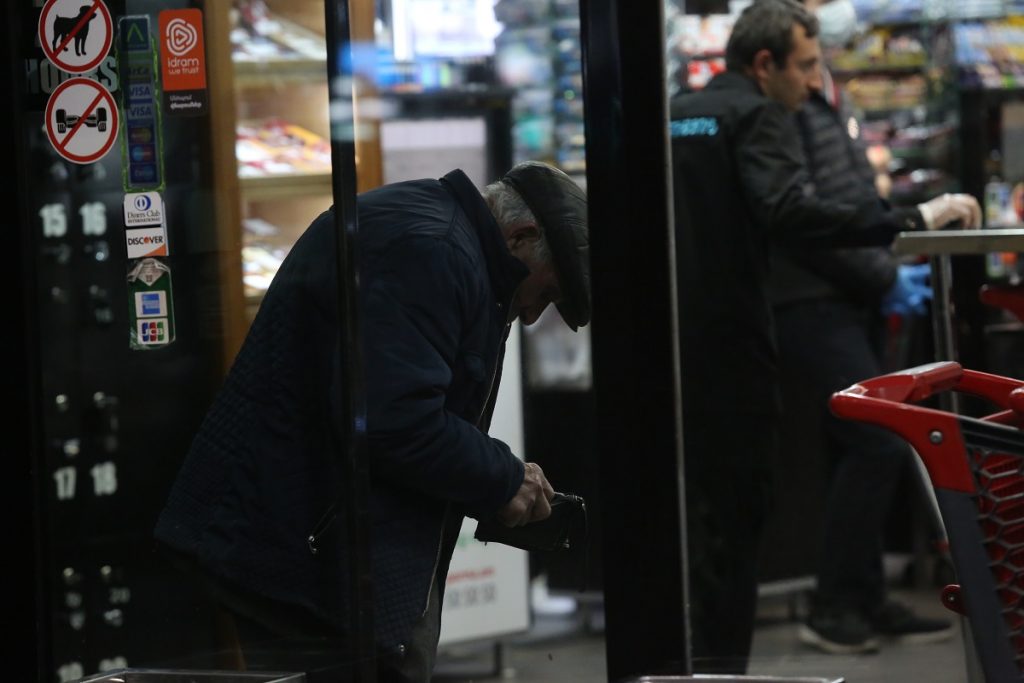
The second stimulus package is aimed at giving direct aid to the private sector. In fact, businesses were given the opportunity to take out interest-free loans in order to pay salaries, purchase raw materials, and export products. Assistance is provided to those entrepreneurs who have not reduced the number of employees during the epidemic and continue to pay them wages.
In order to accomplish this, the state will allocate more than $300,000,000 from its reserve fund. Local experts note that economic growth following the Velvet Revolution of 2018 gave the current government the solid financial foundation that allowed it to take these steps.
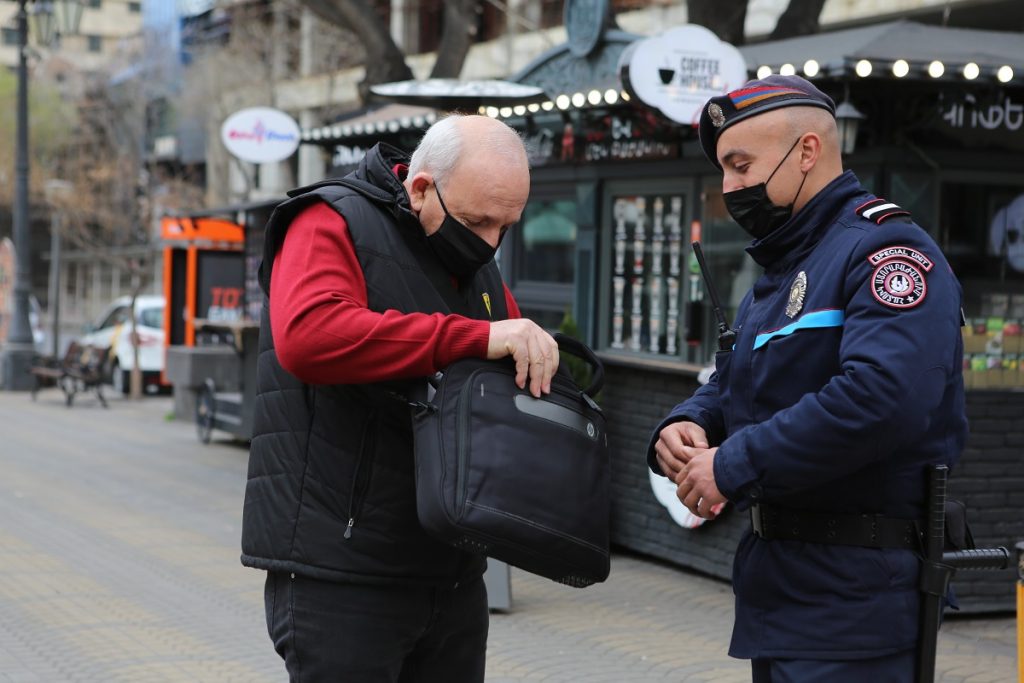
What international organizations think
Reputable analytical and rating agencies are now reviewing previously-made forecasts about economic growth prospects and publishing new forecasts.
As for Armenia, the World Bank expects the country’s GDP to grow by 1.7% in 2020. For subsequent years, growth will fluctuate around 4%.
Credit rating organization Moody’s gives a somewhat less optimistic forecast. It predicts a half-percent increase in GDP this year, with the expectation that growth will recover in 2021.
The International Monetary Fund predicts negative growth indicators for more than 150 countries worldwide, including Armenia, with a decline of 1.7%. At the same time, the authors of the report believe that next year, the GDP will grow by 4.8%.
That being said, all of these organizations predict that the Armenian economy will suffer less than other countries in the region due to the crisis. Georgia and Azerbaijan will experience a deeper recession, partially because of the fall in oil prices.
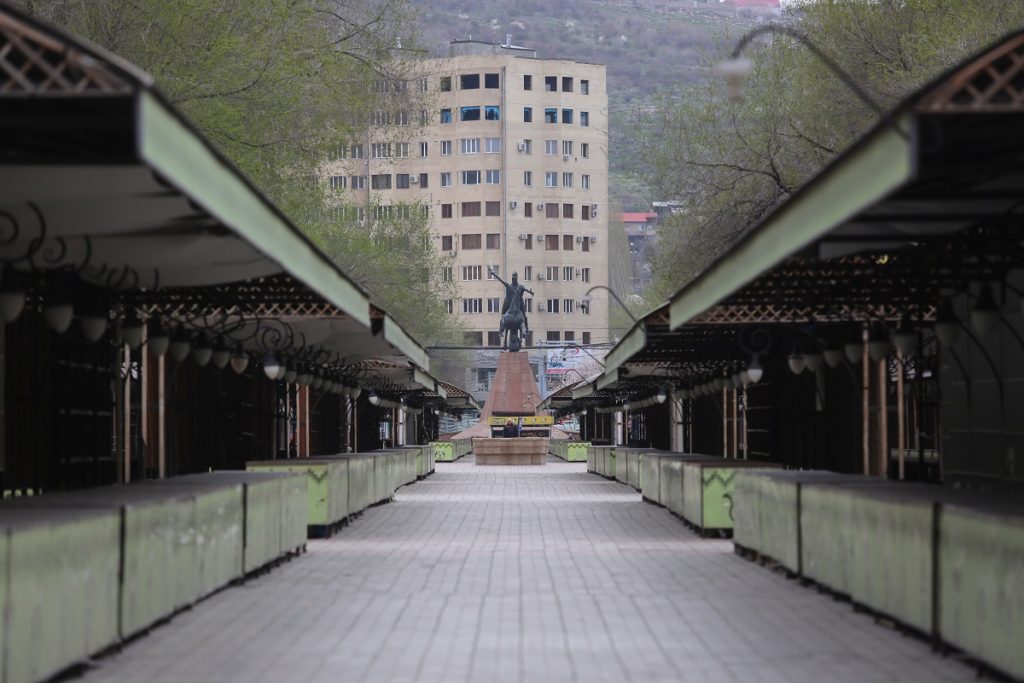
Local experts describe the real situation
There is always a certain degree of error in forecasts done by international organizations.
Local experts do not expect them to be particularly accurate, especially now, when it is unclear how long the quarantine restrictions will continue to be in effect, both in Armenia and abroad.
The Armenian economy has dipped into the red in almost all sectors, says economist and MP Artak Manukyan:
“With the exception of a couple of areas, such as retail and pharmaceuticals, there is a decline in all sectors of the economy. However, it is still possible to import and export products, and in this context, the most important thing is that there are no problems with food supply.”
If the government manages to close the year with any sectors in the black, even if only very slightly, this will be an achievement, believes economist Vahagn Khachatryan. The economies of all countries currently quarantining are now tied only to the production of food and medicine. The remaining industries are at a complete standstill:
“We must take into account the fact that our country’s economic recovery will not depend solely on us. Much will be determined by the situation of our partners, primarily in the Eurasian Economic Union [Since 2015, Armenia has been a member of this union, created on the initiative of Russia – JAMnews]. In 2009 [after the global economic crisis of 2008] it became clear that the trends in the Russian economy are directly reflected in our economy.”
And Russia will have a difficult time living through the crisis, as its economy and currency are directly dependant on oil prices. The OPEC+ countries and Russia have agreed to cut oil production in order to increase prices, but on top of that, the world economy has come to a halt, and demand for oil has significantly decreased. Many international structures predict that the Russian economy, which has already stagnated in recent years, may now lose another 5-6 percent.
“The main market we operate in, both in terms of exports and generating finances, is the Russian market. It’s clear that Russia is experiencing a fall in aggregate demand. Now, if we imagine what the situation will be after we overcome the pandemic, then we see that even then, the tourists who used to visit will no longer travel here,” said Artak Manukyan.
He also suggests that the fall will continue into the third fiscal quarter:
“If we see at least a small amount of growth, or even a return to a 0% growth rate by the beginning of July, then this will be a great achievement. My overall assessment is that it will be between -1% to + 2%. But then again, it all depends on when the epidemic ends.”
In these times of crisis, the government is urging farmers to continue cultivating their fields. Agriculture may once again become the main sector of the economy.
The construction industry may also be a catalyst for growth. The government has eased restrictions in this sector, permitting almost all building projects to restart operations. Police officers ensure that there are no extra passengers in cars.
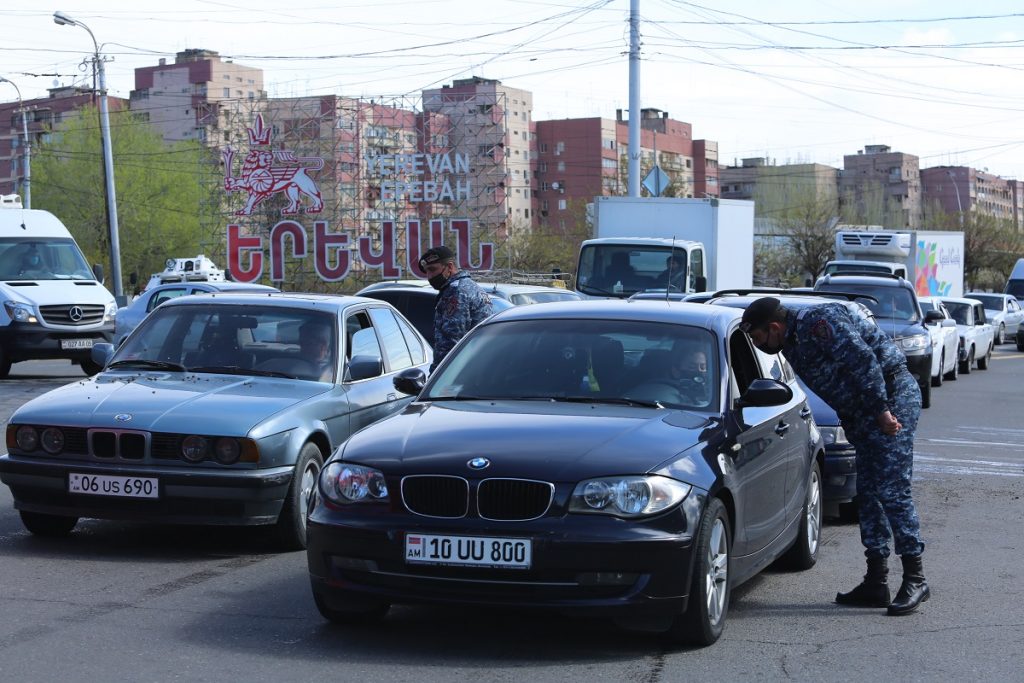
Only two European countries, Belarus and Sweden, decided not to quarantine. Was closing down businesses and restricting economic activity in Armenia the right decision?
It all depends on your priorities, says Artak Manukyan. Armenia chose the health of its citizens. But this situation is not sustainable, and all countries are ready to reboot business and open borders as soon as the opportunity arises.
“We must try to revive the economy as much as possible. We usually focus on how many people may become infected. But those who have recovered have immunity, which allows them not to become infected a second time. The bottom line is that the time will come when states will begin to open their doors for cooperation. Especially in May and June, this is the picture we’ll start seeing.”
The main question for Armenia is when will it be possible to regain the previous economic growth rates.
Before the spread of the virus, in the first two months of 2020, economic activity grew by 8.7% compared with the same period in 2019. Last year, economic growth was 7.6%.
“If we assume that by the summer the epidemic starts to recede and the world economy begins to recover, then in 2021, we will have a real opportunity to ensure economic growth. And this is a big positive,” says economist Vahagn Khachatryan.
Artak Manukyan predicts that the pace of global economic decline will gradually slow as many countries gradually ease restrictions:
“I may just be extremely optimistic, but I think that in early May we will be able to achieve significant success in the fight against the virus. And then a gradual economic recovery will follow.”
